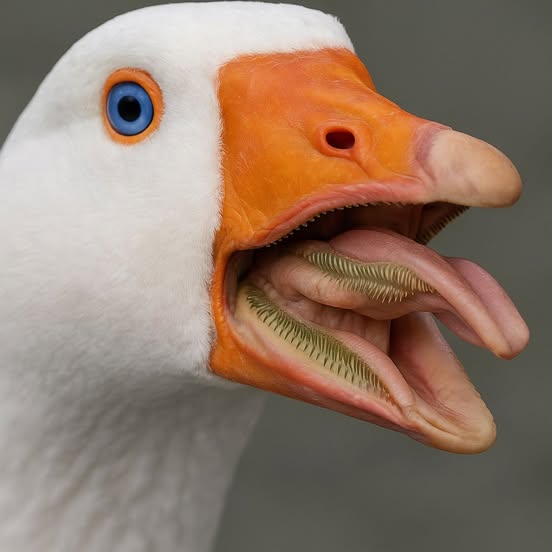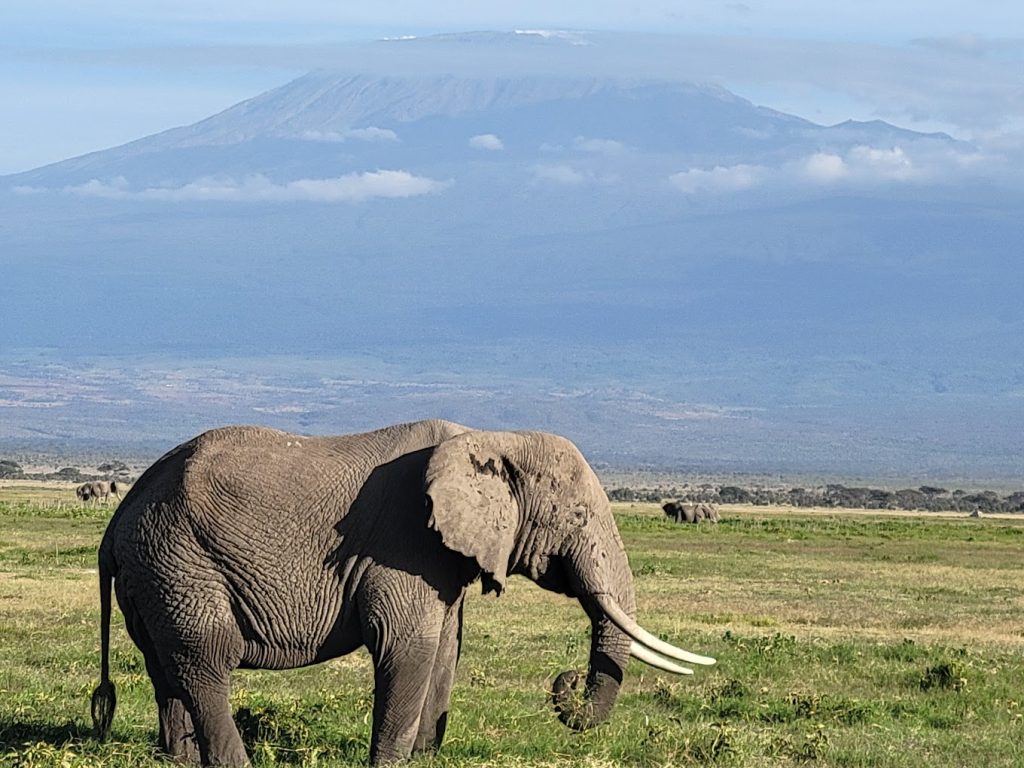When you think of a goose, the first things that come to mind are likely their honking calls, aggressive territorial behavior, or their graceful flight patterns. But did you know geese have something surprisingly toothy hidden in their beaks? That’s right—the goose with teeth is not a myth, but a curious quirk of nature that continues to amaze scientists and bird watchers alike.
Do Geese Really Have Teeth?
Technically, geese don’t have true teeth like mammals. What they do have are serrated edges inside their beaks and on their tongues, known as tomia. These sharp, tooth-like structures may look like teeth, but they’re actually made of keratin, the same protein found in human fingernails and hair.
The tomia help geese grip and tear grass, aquatic plants, and even defend themselves if needed. In some species, especially the Canada goose, these structures are so pronounced they resemble rows of tiny, sharp teeth, giving rise to the popular phrase “goose with teeth.”
Why Do Geese Need These “Teeth”?
The tomia are essential tools for survival. As herbivores, geese need to rip up tough plant material, and these ridges act like a natural saw. They also help the birds hold slippery prey like small invertebrates or fish in some cases. Additionally, the sharp edges can serve as a deterrent against predators—or even unwelcome humans—when the goose feels threatened.
Photos and videos showing the terrifying “teeth” of geese have gone viral on platforms like TikTok and YouTube. People often express shock upon discovering these hidden features, fueling myths and questions about whether geese are secretly carnivorous or dangerous. While geese aren’t predators, their bite can still hurt thanks to these formidable beak ridges.
Nature is full of surprises, and the goose with teeth is a perfect reminder that there’s more to even the most familiar animals than meets the eye. Whether you’re a wildlife enthusiast, birder, or just curious, this hidden feature of geese offers a fascinating glimpse into avian evolution and adaptation.



